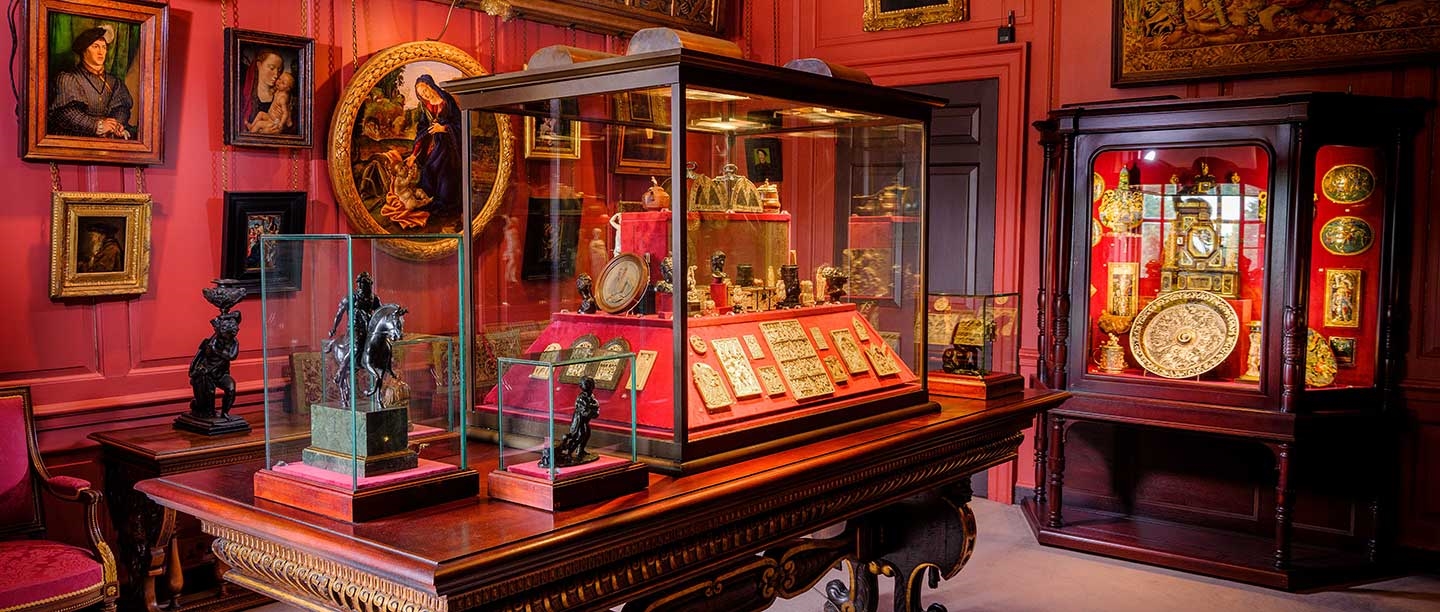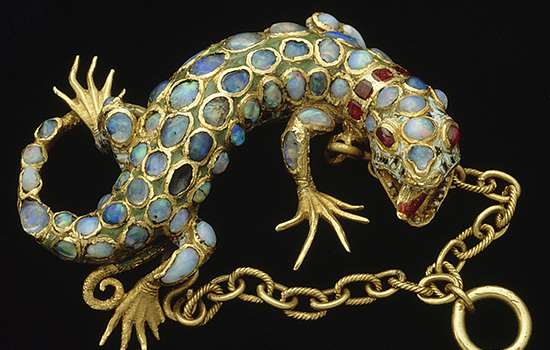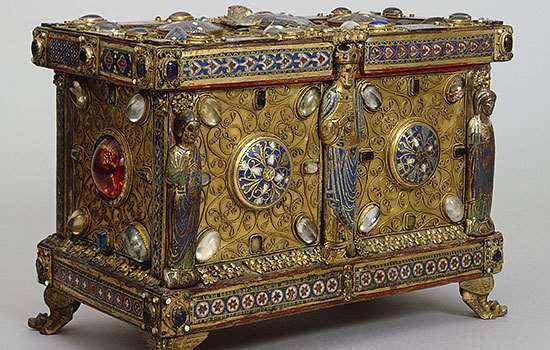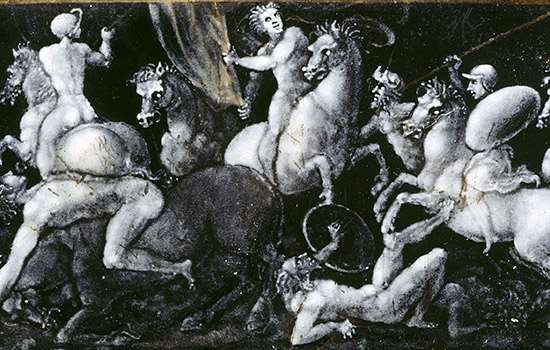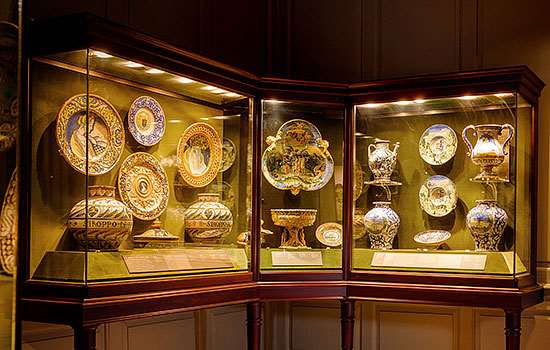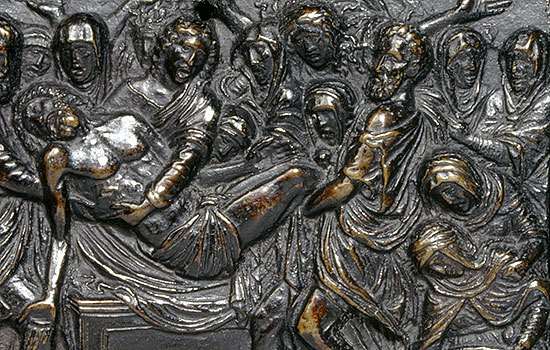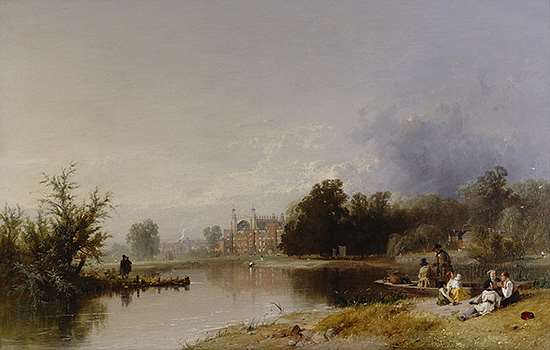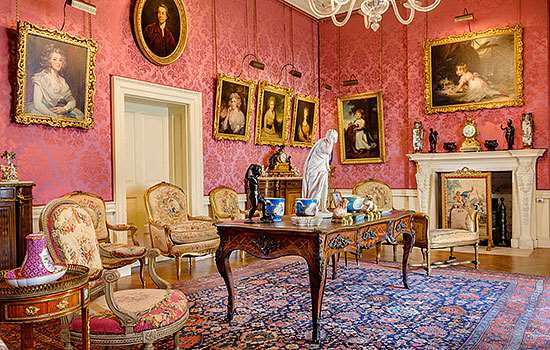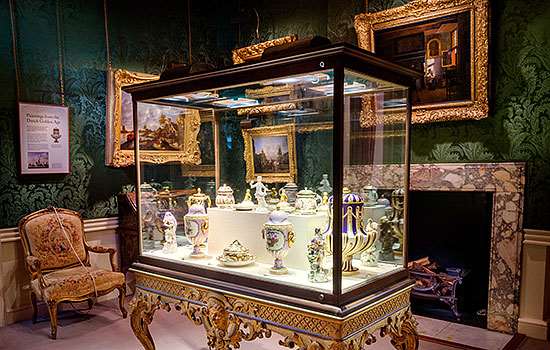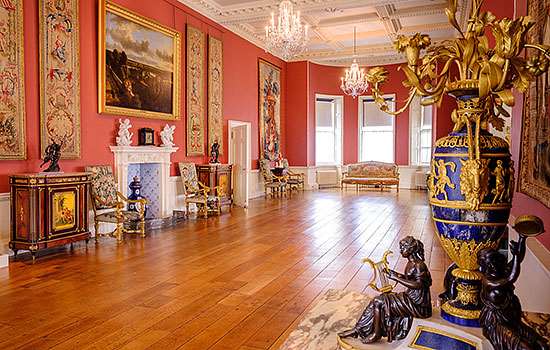Star object
Memento mori pendant
- Unknown maker
- About 1500
- Ivory
- Flanders, Belgium
Combining intricate craftsmanship with ghoulish subject matter, this memento mori – an object which reminds viewers of death and the need to remain virtuous in the eyes of God – exemplifies Wernher’s taste for the ‘splendidly ugly’.
Fear of dying while outside God’s protection was especially widespread in the Middle Ages and led to a boom in the production of memento mori. They stressed the temporary nature of life on earth and cautioned the beholder against the pointless pursuit of wealth and physical beauty.
This is typified by this pendant, which would once have dangled from a chain or rosary. On one side is a well-dressed young woman in the prime of her life. The Latin inscription around her veiled head warns of the fate that will eventually befall her and the viewer – it translates to ‘Alas I must die’. Upon turning the pendant round, we encounter the full horror of her fate – a rotting skeleton, infested with frogs, slugs, worms and salamanders, accompanied by the statement ECCE FINEM (‘Here is the end’).
VIEW THE PENDANT IN 3DArtists and makers
Madonna of the Pomegranate
- Workshop of Alessandro Filipepi, known as Sandro Botticelli
- After 1487
- Tempera on poplar panel
- Florence, Italy
This painting, showing the Madonna and Christ Child flanked by four angels, is among the few known copies of the famous masterpiece the Madonna of the Pomegranate (Madonna della Melagrana) by the Florentine master Botticelli, now in the Uffizi Gallery in Florence.
From 1470, Botticelli ran a successful workshop in Florence. He employed a number of assistants who would execute large parts or even whole panels of his paintings to help him meet demand. The strongly outlined figures in this tondo (circular painting) clearly derive from Botticelli’s style, but the modelling of the faces is not of a standard to allow a firm attribution to the master himself.
It was not unusual for popular paintings by Botticelli to be commissioned again by other patrons, but his workshop assistants often made the copies smaller or simpler in composition to fit a tighter budget. This is the case in this version, which, among other alterations, includes just four saints of the original’s six.
The title, applied after the artist’s death, refers to the pomegranate that is held by the Madonna and Child and symbolises Christ’s death.
Find out how our conservators uncovered the painting’s origins